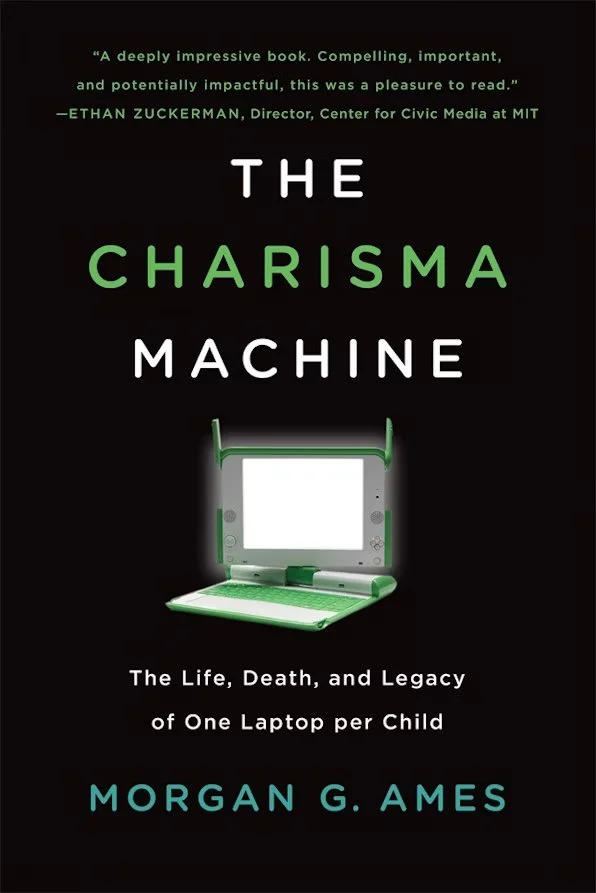I was always fascinated by the One Laptop Per Child programme, both from an ideological point of view and as a piece of industrial design. I was never really convinced by the founders’ notion that cheap computers were the developing world’s path out of poverty, thinking that things like schools and clean drinking water were more of a priority. But the fact that it was so different a priority meant I tried to understand where they were coming from.
This study of the project takes the view that it was flawed from the outset, that the project leaders used their own, relatively privileged backgrounds, as justification for the project, without any real understanding of the actual social and economic factors at play. Put simply, they had prospered with computers, so thought that everyone else would, too. The author frames this as the archetype of the ‘technically precocious boy’ – a category I always thought I fit into when I was younger, until I met people who were actual examples. Being able to run a word processor on an Amstrad CPC wasn’t the same thing.
Anyway, this is largely an academic text, which brings with it some problems. The first of these is that it has a specific argument - that ‘charismatic’ technology is attractive and exciting, but often so much so that it blinds people to its actual utility or lack thereof - and goes about showing examples of its theory at work. If you’re studying the use of new technology in economically depressed environments, it’s useful to have case studies like these, but I honestly wanted a more general overview of the project. I’m a layperson, craving details about the organisation of the project and particularly the design process. Perhaps that’s the technically precocious boy inside me.
Adi Robertson had a good article on The Verge, giving a big-picture overview, but I would have liked more detail. I also would really still like to have a go on one. There’s an online emulator for its Sugar operating system and from the sounds it, the XO laptop had a number of recurrent hardware faults. Still, as the article says at the end, “I’ve still never seen anything like it.”
'The Charisma Machine: The Life, Death and Legacy of One Laptop per Child' by Morgan G. Ames is published by MIT Press (I got my copy off eBay, though)
